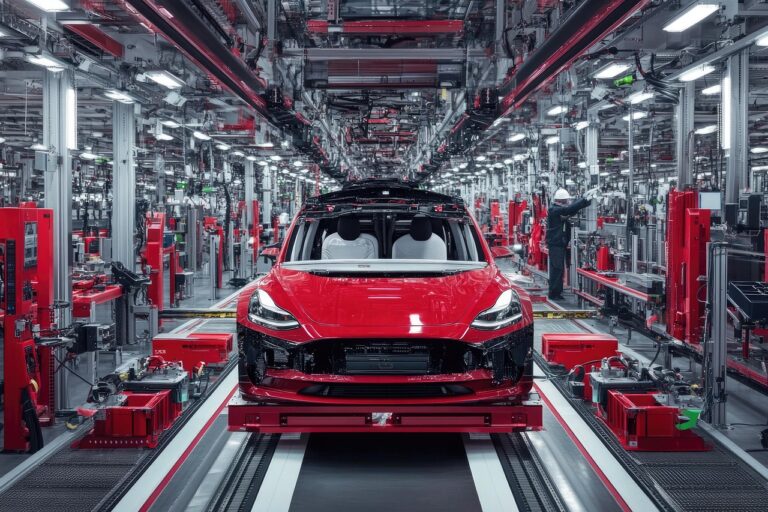Greenfield investment is a type of foreign direct investment (FDI) where a company sets up operations in a foreign country from the ground up. This typically involves building new facilities, such as factories or offices, on an undeveloped site, hence the term “greenfield.” Companies often choose greenfield investments when they want to maximise control over their operations abroad. Unlike other forms of FDI, like buying shares in foreign companies or acquiring stakes in existing businesses, greenfield investments allow companies to manage everything directly. While tax breaks and subsidies can be an added incentive, the main goal is usually to avoid middlemen and maintain full control over operations.
FDI has been a key tool for companies looking to expand globally. In the case of China over the past two decades, significant investments have been made across the world as part of both public and private strategies (UNCTAD, 2021). This analysis takes a closer look at the flow of Chinese investments into Europe from 2005 to 2024, with a particular focus on the rise of greenfield projects and what this means for EU trade policies. In recent years, Hungary and Serbia have become major recipients of Chinese greenfield investments (American Enterprise Institute, 2024). This report examines how deepening diplomatic ties with China have played a role in attracting these investments. It also explores the rationale behind China’s approach.
Author: Federico Stangherlin, EIAS Junior Researcher
Photo credits: Pixabay

